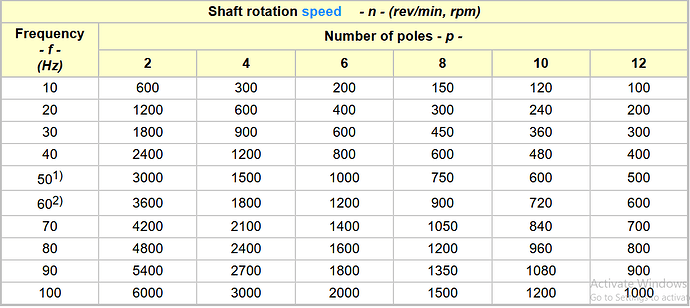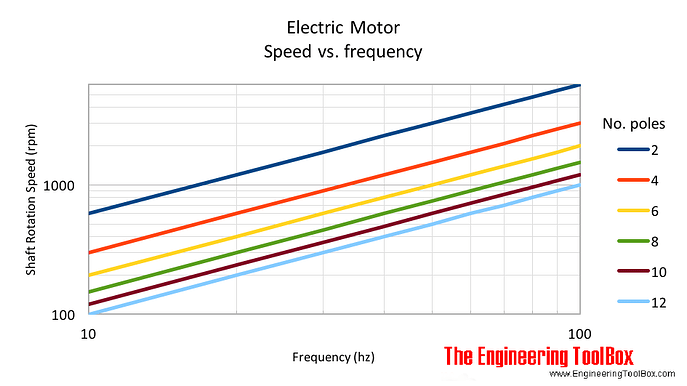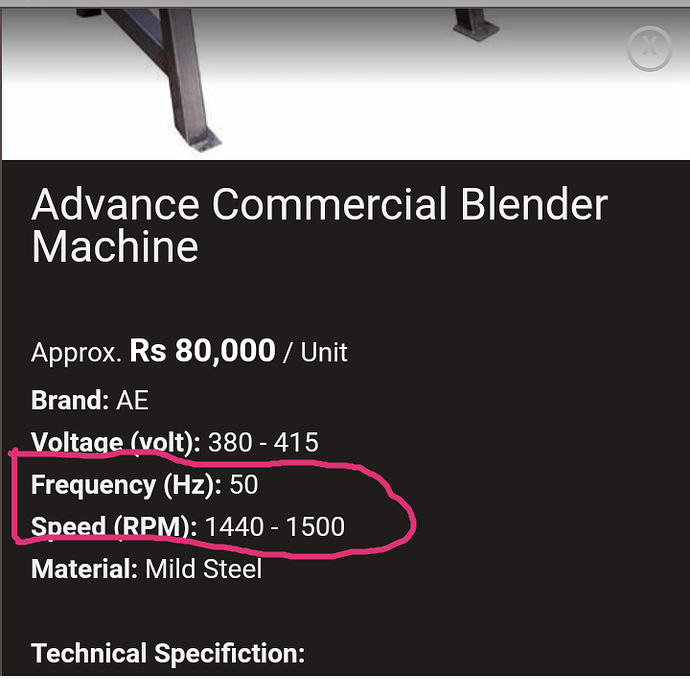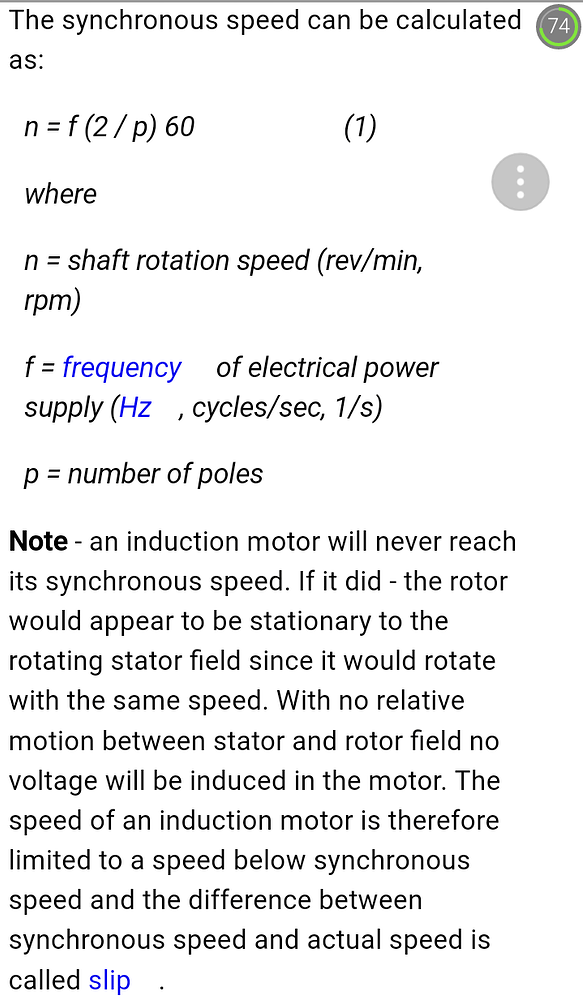How to convert Frequency(Hz) into rpm during Double cone mixer calibration.
By the help of tachometer you can get the RPM…
Thanks
bro my q is then how to convert rpm into hz
How many RPM in 1 hertz? The answer is 60.
Quick conversion chart of RPM to hertz
1 RPM to hertz = 0.01667 hertz
10 RPM to hertz = 0.16667 hertz
20 RPM to hertz = 0.33333 hertz
30 RPM to hertz = 0.5 hertz
40 RPM to hertz = 0.66667 hertz
50 RPM to hertz = 0.83333 hertz
100 RPM to hertz = 1.66667 hertz
200 RPM to hertz = 3.33333 hertz
How many hertz in 1 rpm? The answer is 0.016666666666667.
Quick conversion chart of hertz to rpm
1 hertz to rpm = 60 rpm
2 hertz to rpm = 120 rpm
3 hertz to rpm = 180 rpm
4 hertz to rpm = 240 rpm
5 hertz to rpm = 300 rpm
6 hertz to rpm = 360 rpm
7 hertz to rpm = 420 rpm
8 hertz to rpm = 480 rpm
9 hertz to rpm = 540 rpm
10 hertz to rpm = 600 rpm
Calculate your conversion factor to convert hertz to rpm . One hertz is equal to 60 rpm , since there are 60 seconds in a minute. Multiply your frequency by 60. In the example, you would multiply 65 hertz by 60 to get 3,900 rpm .
1 Hertz:
Hertz is the SI base unit of frequency defined as one cycle per second. The unit is named for Heinrich Rudolf Hertz.
1 Revolution per Minute:
1 Revolution per minute is equal to 1/60 Hertz. RPM is commonly used to measure engine performance. Period is the inverse of frequency. 1 RPM = 1/60 Hz or approximately 0.0166666666666667 Hz.
Electrical Induction Motors - Synchronous Speed
The speed at which an induction motor operates depends on the input power frequency and the number of electrical magnetic poles in the motor
Sponsored Links
The synchronous speed for an electric induction motor is determined by
- the power supply frequency , and
- the number of poles in the motor winding.
The synchronous speed can be calculated as:
n = f (2 / p) 60 (1)
where
n = shaft rotation speed (rev/min, rpm)
f = frequency of electrical power supply (Hz, cycles/sec, 1/s)
p = number of poles
Note - an induction motor will never reach its synchronous speed. If it did - the rotor would appear to be stationary to the rotating stator field since it would rotate with the same speed. With no relative motion between stator and rotor field no voltage will be induced in the motor. The speed of an induction motor is therefore limited to a speed below synchronous speed and the difference between synchronous speed and actual speed is called slip.
Example - Synchronous Speed of Electric Motor with Two Poles
A motor with two poles is supplied with power with frequency 50 Hz (1/s) . The rotation speed can be calculated as
n = (50 1/s) (2 / 2) (60 s/min)
= 3000 rpm (1/min)
Synchronous rotation speed at different frequencies and number of poles
- Motors designed for 50 Hz are most common outside U.S
- Motors designed for 60 Hz are most common in U.S
Variable Frequency Drive
A variable frequency drive modulates the speed of an electrical motor by changing the frequency of the power supply.
@Awad why its not 3000 ?
I think because it is a motor with 4 poles (not 2 poles)
The conversion factor in the case of motor with 4 poles will be 30 (not 60)
Please see all of the following:
yes right @Awad motor is 4 pol.




